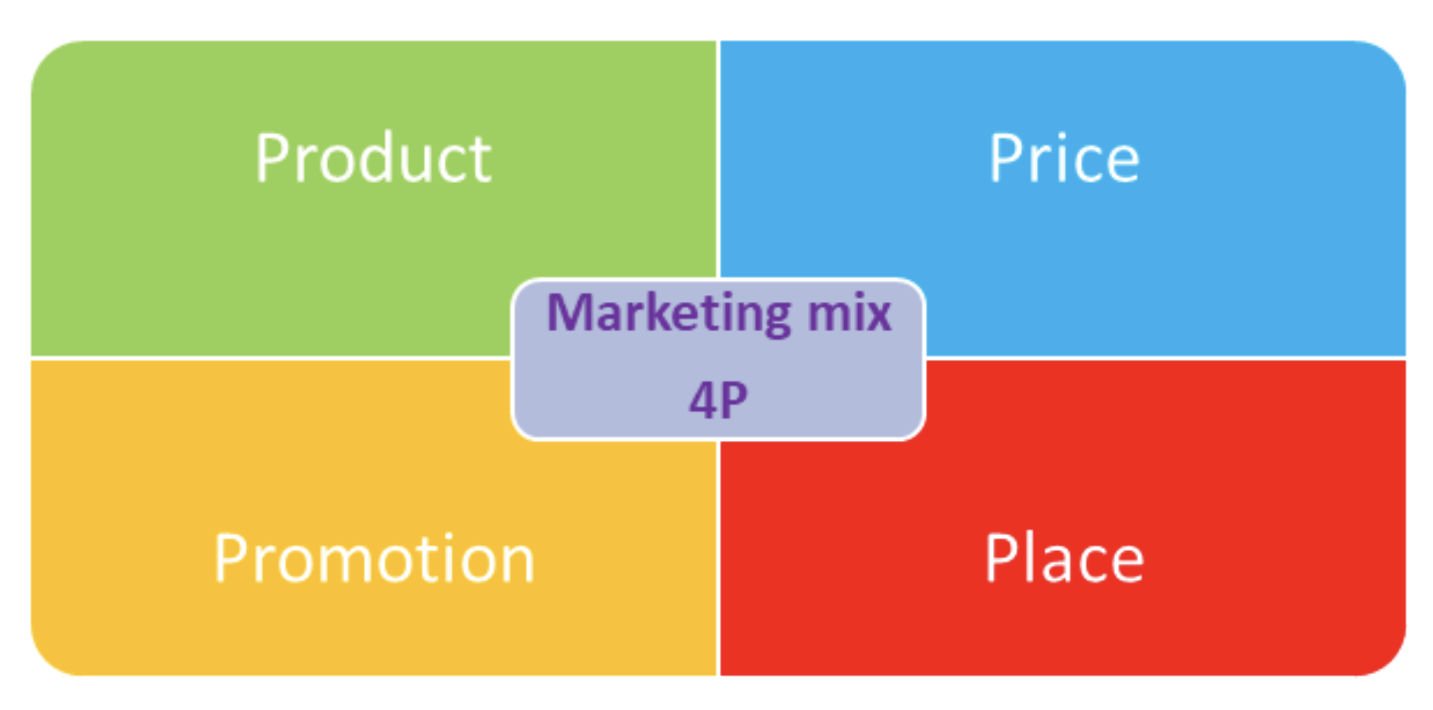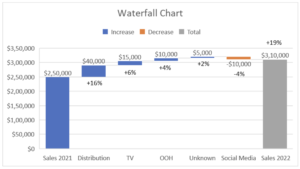
The Power of Marketing Mix Models: Optimizing ROI on Marketing Spend
In today’s competitive business landscape, companies are constantly seeking ways to improve their return on investment (ROI) from marketing activities. Allocating marketing budgets effectively and identifying the most impactful marketing channels can be challenging. This is where marketing mix modeling comes into play. By leveraging statistical techniques and analyzing data, marketing mix models help businesses understand the impact of their marketing activities on sales, make better marketing decisions, and optimize their ROI.
What is a Marketing Mix Model?
At its core, a marketing mix model (MMM) is a powerful tool that enables businesses to make informed decisions about how to allocate their marketing budget and which marketing channels to focus on. MMM works by building a statistical model that examines the relationship between various marketing variables and sales. These variables can include advertising spend, price, distribution, and other factors that influence sales. The model estimates the impact of each marketing variable on sales and can also forecast the impact of changes in marketing spend.
Statistical Models Used in Marketing Mix Modeling
To build a marketing mix model, several statistical modeling techniques can be utilized. The most common models are regression-based models. Linear regression is a simple model used when the relationship between marketing variables and sales is linear. On the other hand, a multiplicative model can capture nonlinear relationships between marketing variables and sales. The choice of model depends on the specific data and analysis goals.
For detailed information on the types of models that can be used see the following resources:
For linear and multiplicative models refer to Marketing Mix modelling – Concepts and Model Interpretation.
For dynamic models like time-varying effect models see this article on Modeling the dynamics on the effectiveness of marketing mix elements
Implementing a Marketing Mix Model
Implementing a marketing mix model involves several steps*:
- Define Objectives and Constraints
Before diving into the modeling process, it’s crucial to define the objectives of the marketing mix model. This includes optimizing the media mix, measuring the impact of promotions, and aligning with key stakeholders. Clear objectives and constraints set the stage for a successful model.
- Data Exploration
Gathering accurate and relevant data is essential for a robust marketing mix model. Sales data, promotion data, media spend, and other relevant metrics should be carefully scrutinized for accuracy and relevance. Designing a pipeline for continuous data feed ensures that the model remains up to date once operationalized.
- Determine Model Granularity
The level at which the model needs to run, such as by channel or geography, should be determined based on the objectives. Iterative runs of the model help identify relationships between variables and calibrate the model for incremental contributions.
- Analyze Model Outputs
Once the model is in place, it’s time to analyze the outputs and extract key insights. These insights can then be used to make actionable recommendations aligned with the defined objectives. Effective communication of findings with stakeholders is crucial for setting up pilots and regular reviews to track results.
- Model Refreshes
To ensure the marketing mix model remains relevant and effective, regular data refreshes are necessary. Incorporating business goals and dynamics into the model allows for ongoing optimization. Training sessions on implementing the model results and fostering a data-driven culture are also vital for successful model implementation.
*Reference- Analysts guide to MMM | Robyn (facebookexperimental.github.io)
Waterfall Charts: Visualizing Marketing Mix Model Results
Waterfall charts are a useful tool for visualizing the relative impact of different marketing activities on a company’s sales. It gives an insight into the contribution of each lever and the percentage contribution towards the increase or decrease in sales.

Hypothetical data – figures are for illustrative purposes only. Percentages show the contribution from each factor over 2021 sales
These charts start with a baseline value, such as total sales, and demonstrate how each marketing activity contributes to that value. Positive values indicate an increase in sales, while negative values indicate a decrease. Waterfall charts provide valuable insights into the effectiveness of various marketing activities and aid in decision-making regarding budget allocation.
Efficiency and Effectiveness in Marketing Mix Modeling
Efficiency and effectiveness are key metrics used in marketing mix modeling to measure the success of marketing campaigns. Efficiency refers to how much output is generated from a given input, often measured as the return on investment (ROI). High ROI signifies that an activity generates significant sales for a relatively small investment. Effectiveness, on the other hand, measures how well a marketing action achieves its goals, such as sales generated or brand awareness created. Both metrics are essential but measure different aspects of marketing success.
Pros and Cons of Marketing Mix Modeling
Marketing mix modeling offers numerous benefits but also comes with limitations. Understanding both sides is crucial for informed decision-making. Let’s explore the pros and cons:
Pros:
- Marketing mix modeling provides insights into the impact of marketing activities on sales, enabling better decision-making and improved ROI.
- It helps forecast sales and marketing performance, facilitating effective budget planning and strategy development.
- MMM enables comparison of the effectiveness of different marketing channels, aiding in budget allocation to the most impactful channels.
Cons:
- Collecting a significant amount of data for MMM can be challenging and expensive.
- Building and implementing MMM models can be complex and time-consuming.
- The results of MMM can be sensitive to the assumptions made about the data, requiring careful analysis and interpretation.
An interesting read on challenges in MMM can be found here – Challenges And Opportunities In Media Mix Modeling
Finding the Optimum allocation of Spend
One of the key benefits of marketing mix modeling is finding the optimum allocation of spend by comparing the impact of different marketing activities on sales. For example, a business may want to determine how much to invest in TV, out-of-home (OOH) advertising, social media, or promotions. By estimating the impact of each marketing activity on sales, MMM helps businesses choose the allocation that maximizes sales. Additionally, MMM can optimize the marketing mix for specific objectives, such as brand awareness, customer satisfaction, or market share.
Further reading on RoI calculation can be viewed here – Calculation of marketing ROI in marketing mix models
Summing it up
Marketing mix modeling is a powerful tool that empowers businesses to optimize their marketing spend, make data-driven decisions, and improve their ROI. By understanding the impact of various marketing activities on sales, businesses can allocate their budgets more effectively and focus on the most impactful channels. While implementing MMM requires careful planning and data analysis, the benefits of improved decision-making and performance optimization make it a valuable investment for businesses of all sizes. If you’re interested in leveraging marketing mix modeling for your business, feel free to reach out to us at info@everything-media.com. Our team of experts can help you harness the power of MMM and drive better marketing outcomes.
“Marketing mix modeling empowers businesses to optimize marketing spend, make data-driven decisions, and improve ROI.”
Disclaimer – All references are the property of individual authors of respective articles and Everything Media does not claim ownership of any such content.
